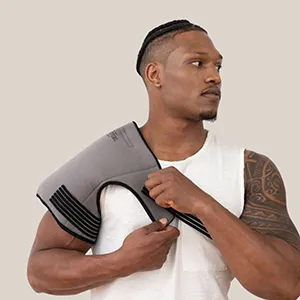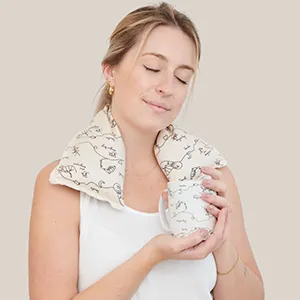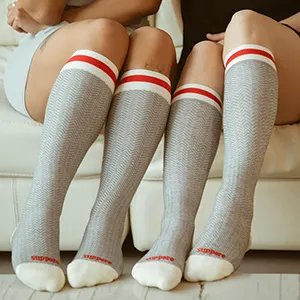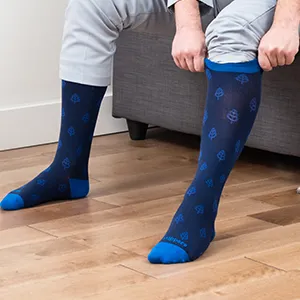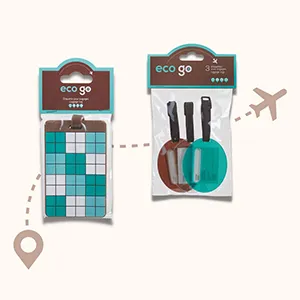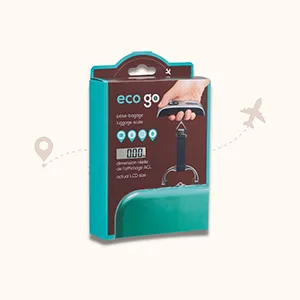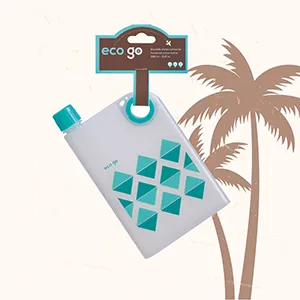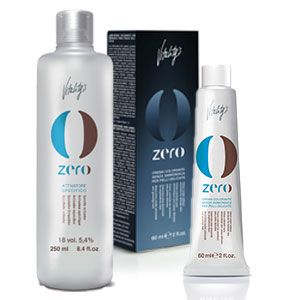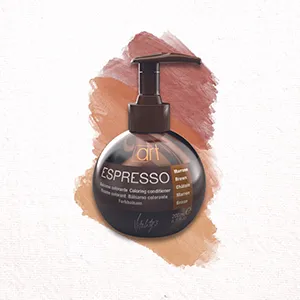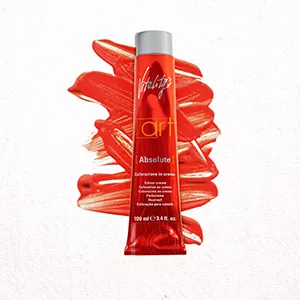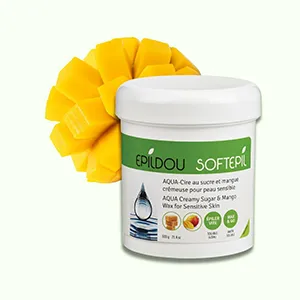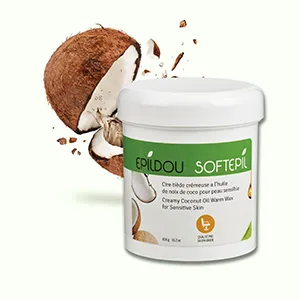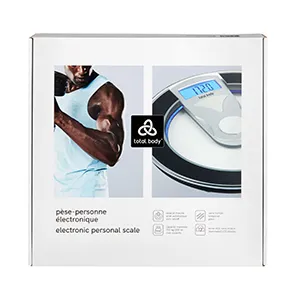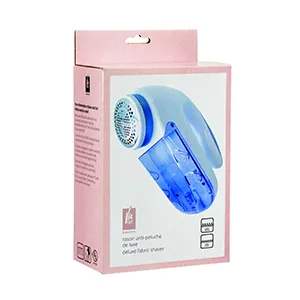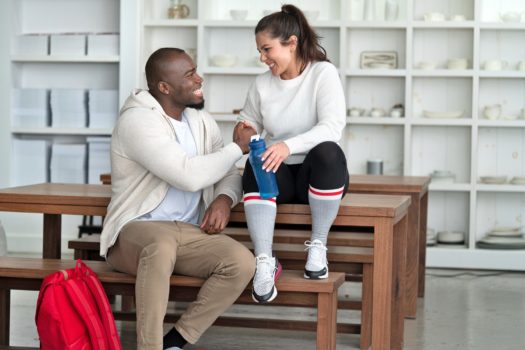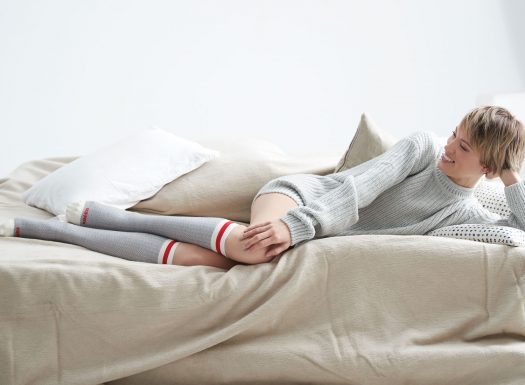April 1, 2024 Compression Socks and Running

With spring weather settling in and sidewalks and roads clear of ice and snow, you can finally ditch the treadmill and head outdoors for a nice, long run. Many races, from 5K runs to half and full marathons, are scheduled in the coming months in most major Canadian cities. But before you embark on your race training, read on to discover how compression socks can help you perform better and recover faster.

What is compression wear?
You have likely noticed athletes in various sports embracing compression wear in the last few years. From NBA to NFL players to marathon runners, compression sleeves and sports socks seem to be all the rage in athletic circles. So, what exactly is compression wear? In a nutshell, compression is a snug-fitting elastic garment that provides gentle pressure to the body and thus increases blood flow during exercise. Most commonly, compression wear includes socks, calf and arm sleeves, leggings, shorts, and even t-shirts.

How do sports compression socks work?
Basically, Supporo sports compression socks offer graduated compression to the legs—pressure is tighter near the ankle and eases as the sock moves up the leg, which helps blood vessels work better. This, in turn, improves blood circulation. By wearing compression socks, blood flows more freely and the arteries, which carry oxygen-rich blood to the muscles, can relax.
What are the benefits of compression socks for runners?
For runners, compression socks offer a wide range of benefits. These include:
- Improved blood circulation: Compression brings more oxygen to your cells and muscles, which is key for performance and recovery.
- Reduced muscle soreness: When you run or work out, your body produces lactic acid, a waste product that causes muscle soreness. As pressure from the socks constricts the veins, blood velocity is increased, which helps remove lactic acid from the body faster after exercise.
- Reduced swelling and pain: Compression socks are often used to prevent cramping and swelling. As they squeeze the calves, they help blood flow back to the heart and prevent pooling and fluid buildup.

When should you wear compression socks: before, during, or after your race?
The short answer is all of the above.
- Before the race: Because compression socks improve blood flow, reduce muscle soreness, especially in the day or two following an intense workout, and reduce swelling and pain, wearing them during training will help you bounce back from a workout faster and get back out there. Additionally, compression socks mitigate some of the stress and strain you put on your muscles when road running.
- During the race: Compression socks are great for distance running as they also help prevent soft tissue damage, notably shin splints. Moreover, a study by the Australian Institute of Sport found that marathoners who wore compression socks during a run, performed better on their next run. As compression socks lead to better oxygenation, many athletes and marathon runners have reported enhanced performance and quicker post-workout recovery.
- After the race: Recent studies have shown that compression socks reduce muscle soreness and fatigue and lead to faster lactate removal following exercise. As such, compression socks can indirectly improve athletic performance when worn in training by speeding up recovery and enhancing subsequent exercise performance.
Supporo’s stylish and comfortable sports compression socks are perfect for hard-core runners and weekend warriors alike. Shop our range of sports compression socks today and start experiencing the benefits for yourself!

